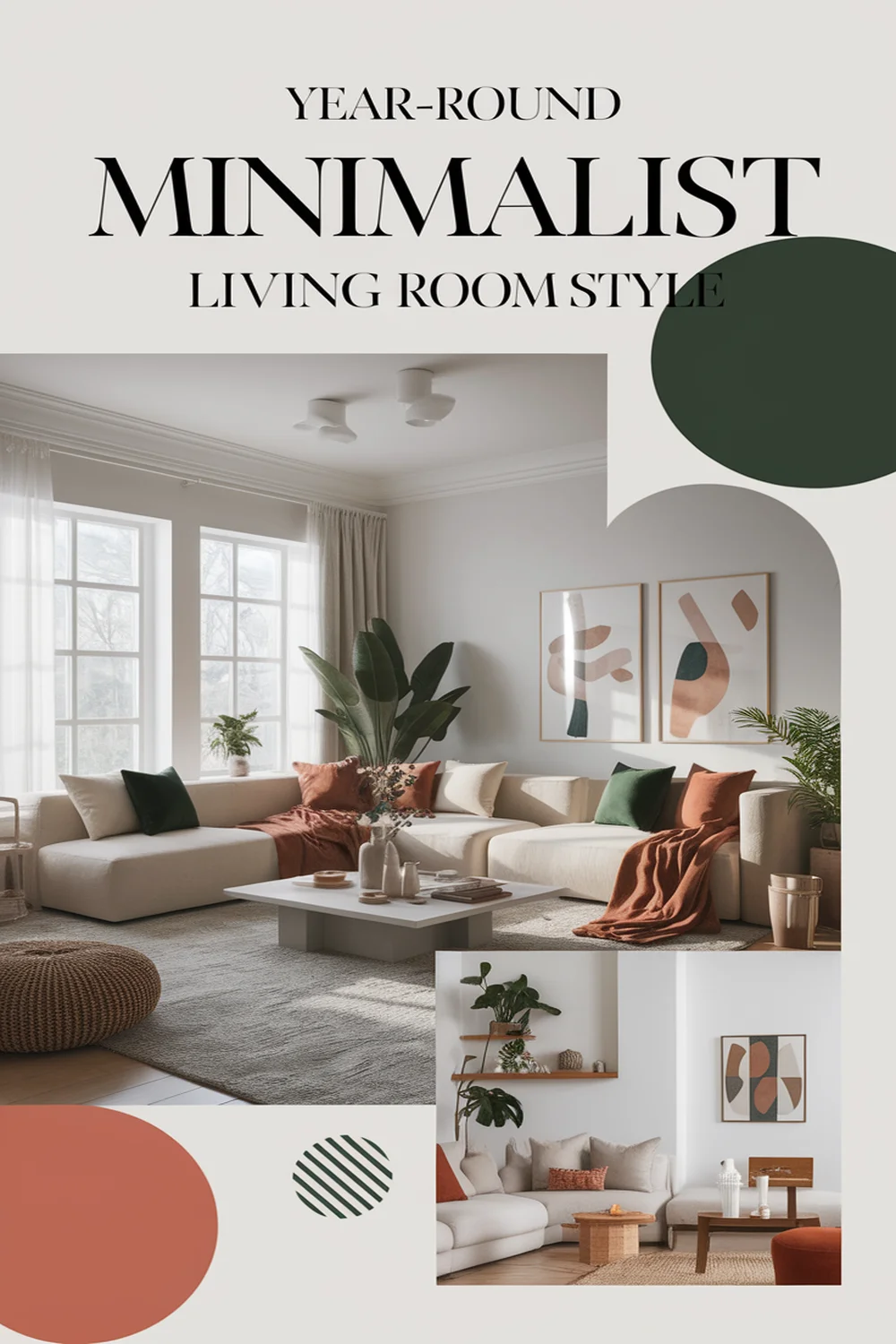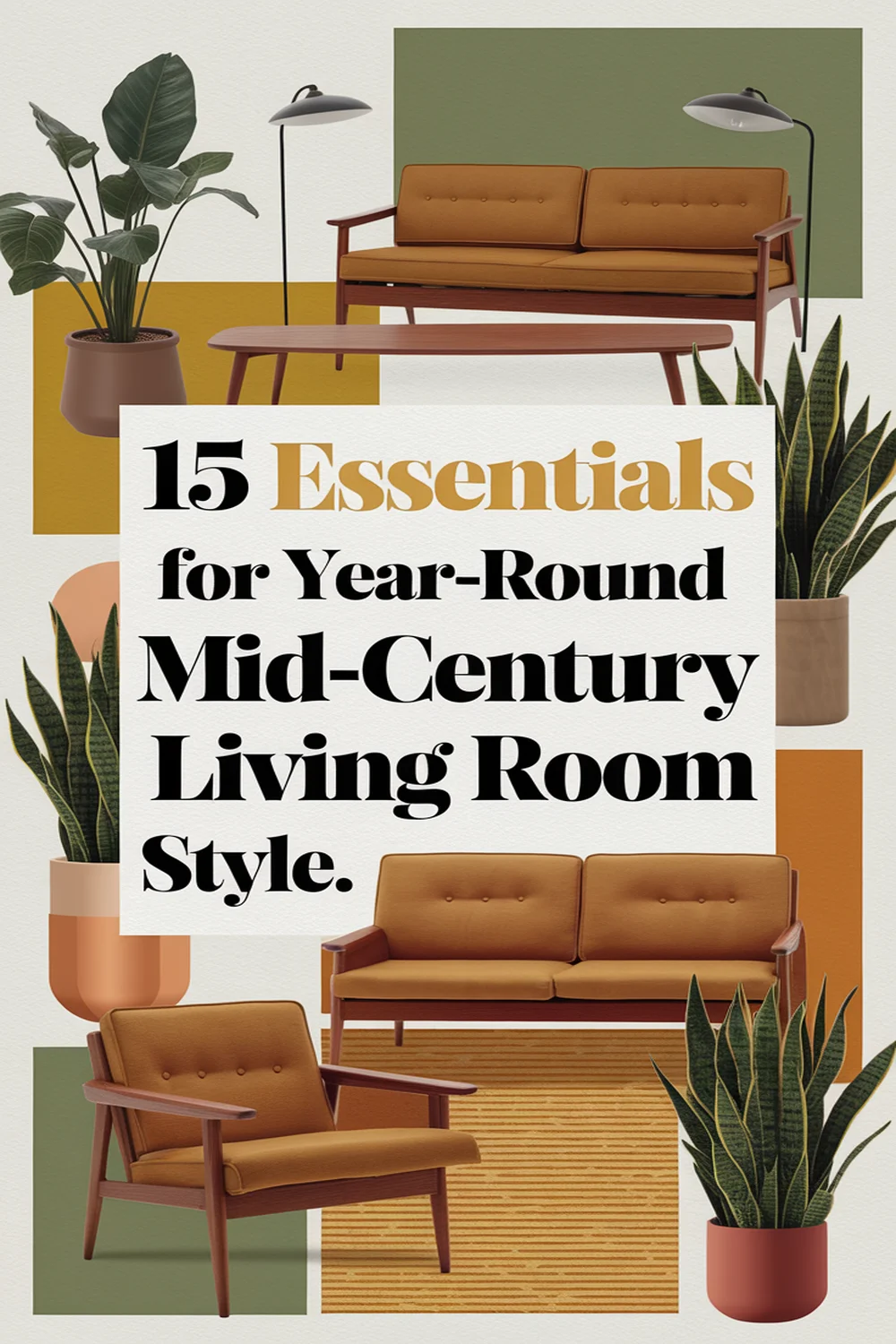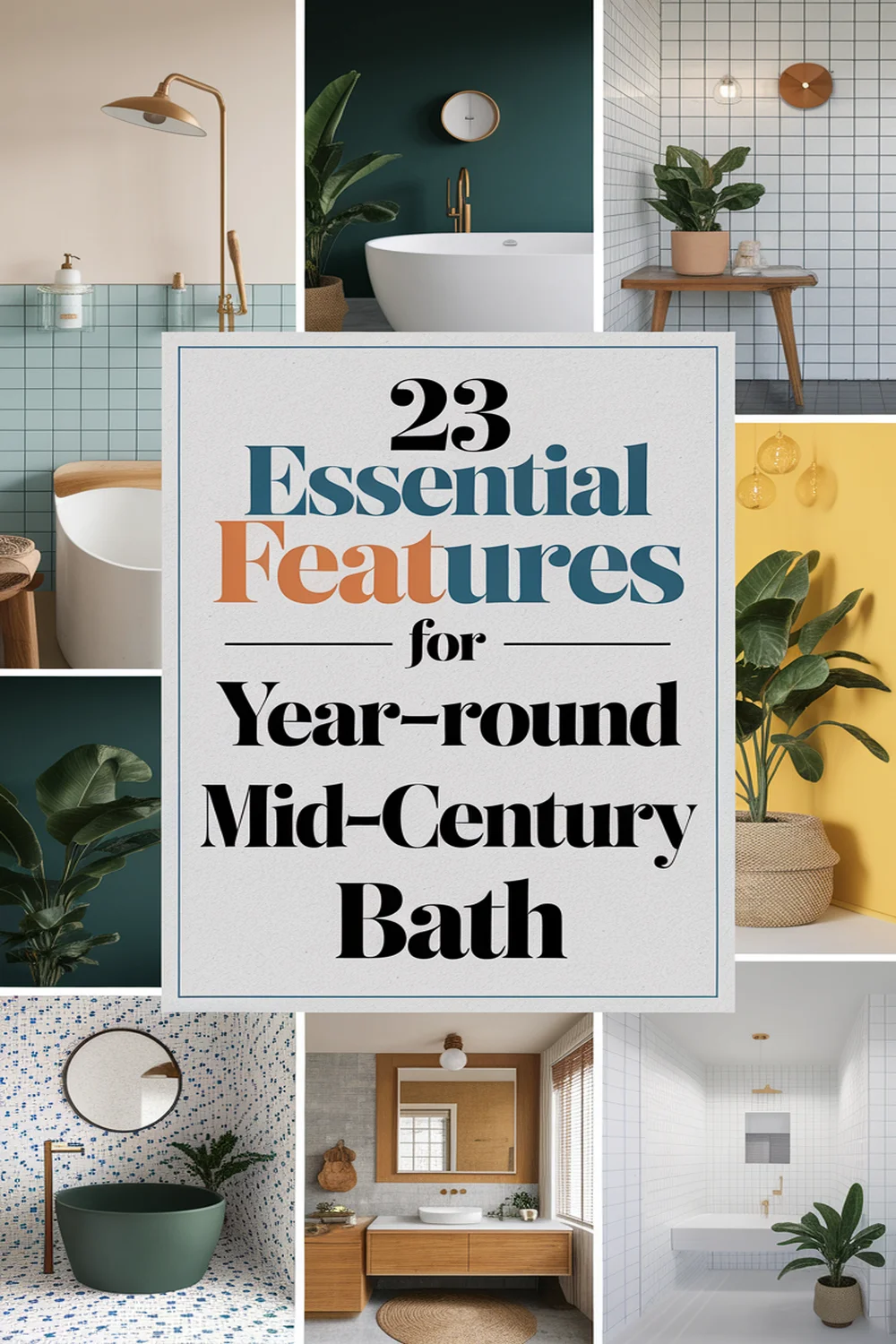This post may contain affiliate links. Please read our policy page.
To create a year-round minimalist living room style, I focus on intentionality and calmness. I choose a neutral color palette with soft whites and warm beiges, enhancing the natural light in my space. Functional furniture like a storage coffee table keeps things tidy, while incorporating greenery adds life. I curate decorative accents that tell a story, ensuring each piece resonates with my aesthetic. There’s so much more to explore about achieving this serene atmosphere in your home.
Understanding the Principles of Minimalism

When I embraced minimalism in my living space, I discovered that it’s not just a design choice; it’s a lifestyle philosophy. The core principle revolves around intentionality—surrounding myself only with items that serve a purpose or spark joy.
I started by decluttering, letting go of possessions that weighed me down emotionally and physically. It’s about creating open spaces that breathe and evoke a sense of calm. Each piece I kept tells a story or adds functionality, enhancing my daily life rather than complicating it.
I found that minimalism encourages mindfulness, urging me to appreciate the beauty of simplicity. When I focus on what truly matters, my living room becomes a sanctuary, fostering tranquility amid life’s chaos.
Recommended Items
Here are our recommended products and equipment to create your minimalist living room—feel free to explore!
Choosing a Neutral Color Palette

Embracing minimalism naturally led me to explore color choices that align with this philosophy. I found that a neutral color palette serves as the perfect backdrop for a calming living room atmosphere. Soft whites, soothing grays, and warm beiges create a seamless flow throughout the space.
These shades not only enhance natural light but also add depth and warmth without overwhelming the senses.
I’m drawn to layering different textures—think a plush cream sofa paired with a cozy gray throw and a subtle, woven rug. This approach keeps the space inviting while still remaining true to minimalist principles.
Task Overview for Minimalist Living Room
Selecting Functional Furniture

As I carefully consider the layout of my living room, selecting functional furniture becomes paramount to achieving a minimalist aesthetic. I prioritize pieces that serve multiple purposes, like a sleek coffee table with hidden storage or an inviting sofa that doubles as a guest bed.
Each item must blend beauty with practicality, so I lean toward clean lines and muted tones that complement my neutral palette. A minimalist armchair, for instance, provides seating without overwhelming the space.
I also guarantee that my furniture isn’t overly large, which maintains an airy feel. By focusing on essentials that enhance both style and utility, I create an inviting atmosphere, free of clutter and distractions, allowing the space to breathe and flourish.
Incorporating Natural Elements

Three essential elements transform a minimalist living room into a tranquil oasis: greenery, natural textures, and light. Incorporating these features not only enhances aesthetics but also creates a serene atmosphere. I love placing lush plants in my space; they breathe life into the room. To complement that, I often choose furniture made from natural materials like wood and linen, which add warmth and depth. Finally, maximizing natural light opens up the area, making it feel more expansive.
Here’s a handy table to illustrate these elements:
| Element | Description | Tips |
|---|---|---|
| Greenery | Indoor plants | Choose low-maintenance varieties |
| Natural Textures | Wood, linen, stone | Mix and match for depth |
| Light | Natural light sources | Use sheer curtains |
Curating Decorative Accents

While a minimalist living room thrives on simplicity, carefully curated decorative accents can elevate its charm and personality.
Embrace simplicity in a minimalist living room, where curated accents bring charm and character to the space.
I love to select items that not only resonate with my aesthetic but also tell a story. A handwoven basket, for example, adds texture and warmth, while a single, sculptural vase can become a focal point.
I often choose a monochromatic color palette, allowing bold pieces—like an oversized artwork or a quirky sculpture—to stand out.
Plants also play an essential role; a petite succulent or a lush fern introduces life and vibrancy.










